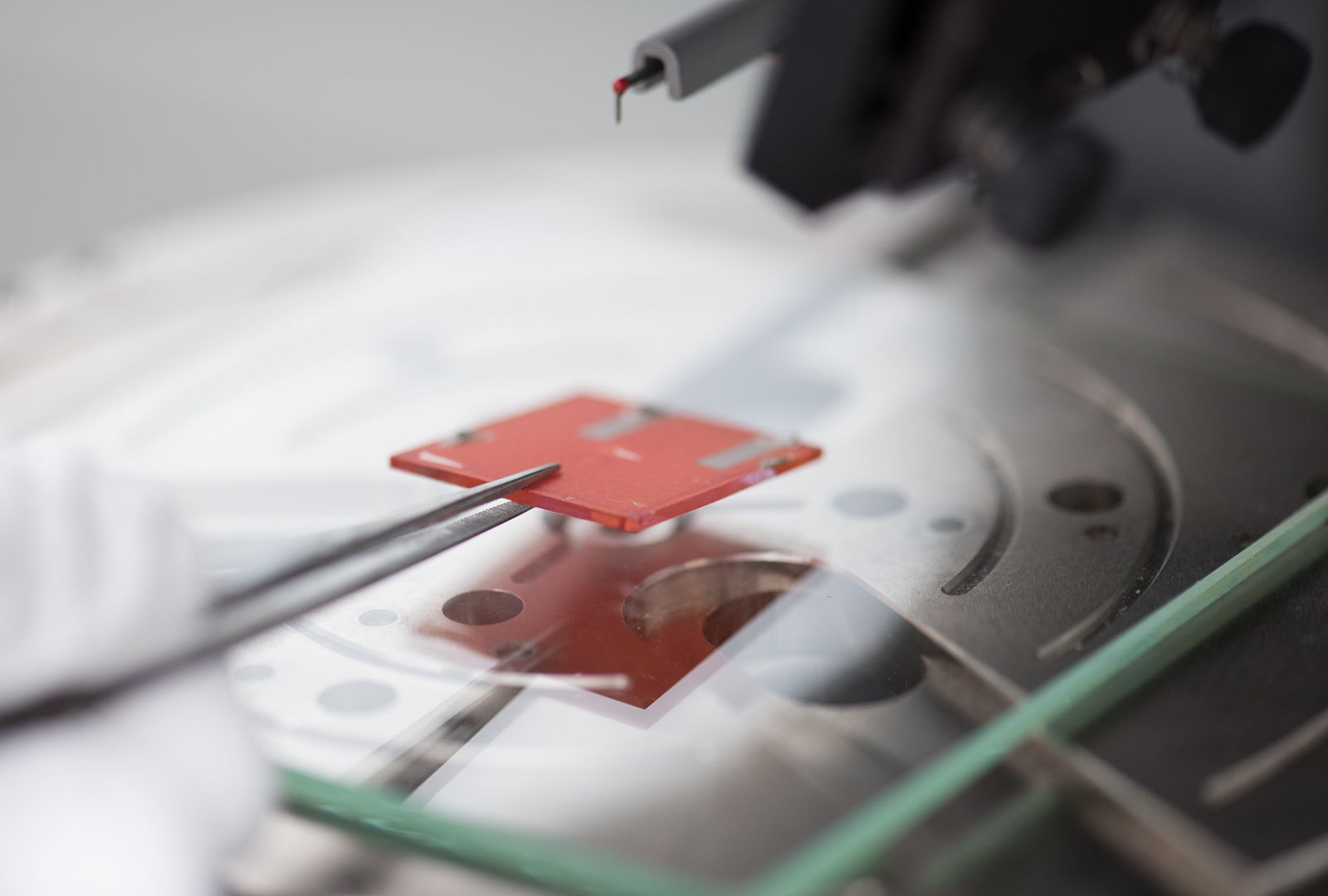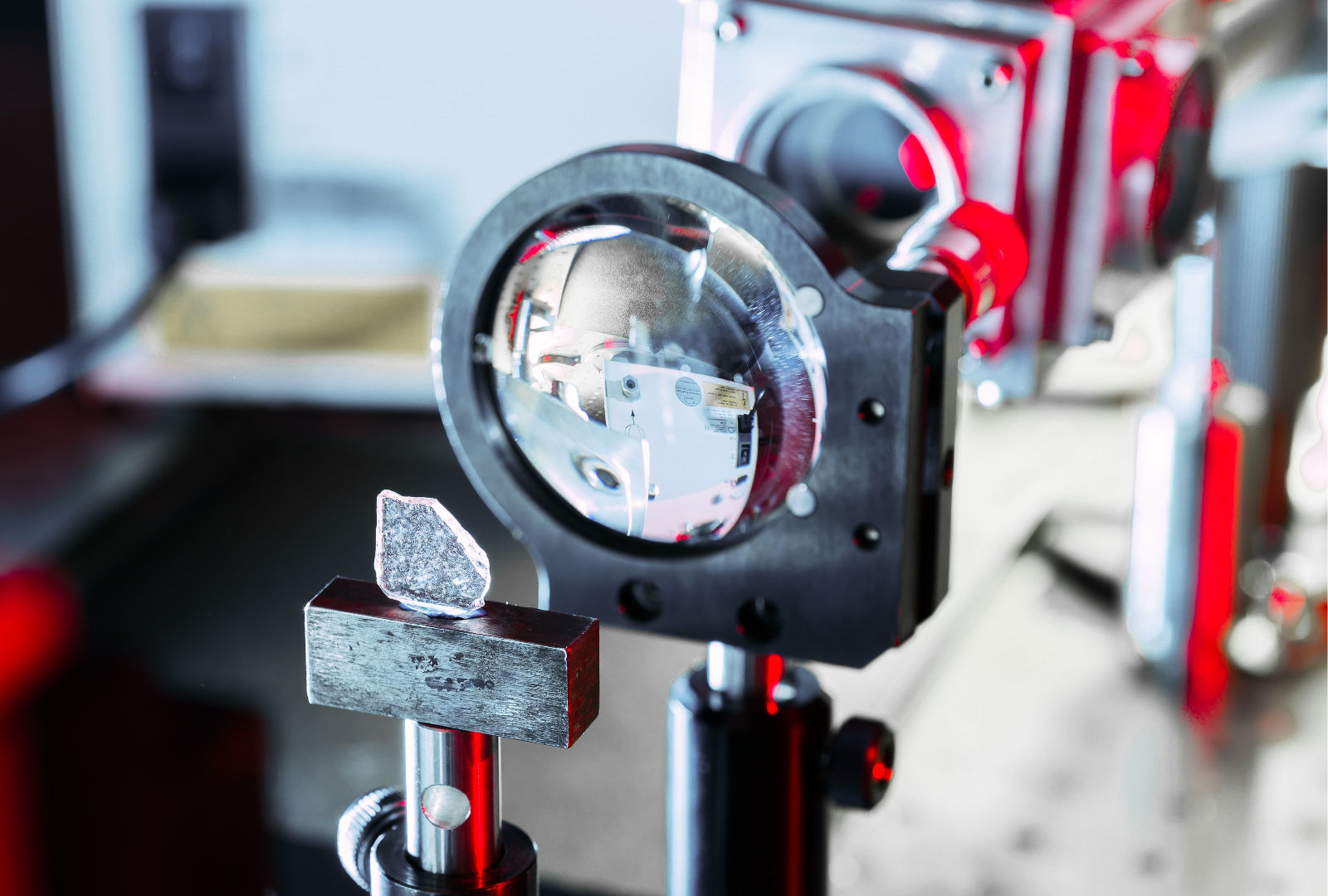
We use cookies to provide great user experience. By continuing on this site you accept use of the cookies.

We use cookies to provide great user experience. By continuing on this site you accept use of the cookies.

Composite materials such as glass ceramics are important functional materials which comprise the best properties of glass and crystalline matter, providing a chemically-stable, thermally and mechanically-durable material with superior optical properties which commonly are distinctive of much more expensive, but also fragile crystals.
Our work includes oxyfluoride glass ceramics using silicate glass and various fluoride crystal counterparts which are superior for various optical applications.

We can offer a full cycle, from material investigation to development of a ceramic-based prototype, and we can also handle production. We carry out melting, casting and thermal treatment.
We can carry out characterisation of the prototype using various methods, including electron microscopy, x-ray diffraction analysis, differential thermal analysis (DTA), optical spectroscopy and magnetic resonance spectroscopy.

We also work with development of novel lead-free ferro-electric materials doped with monoxides (including lanthanides), creating binary and multi-component solid solutions.
Our work includes determination of the impact of technological factors (solid-state synthesis, two-step sintering, hot pressing) on the properties of ferro-electric ceramics, and investigation of the mechanisms of synthesis and sintering, elemental analysis and microstructural studies, as well as analysis of grain size and grain size distribution, using these to obtain information relating to grain growth mechanisms and microstructural evolution.



